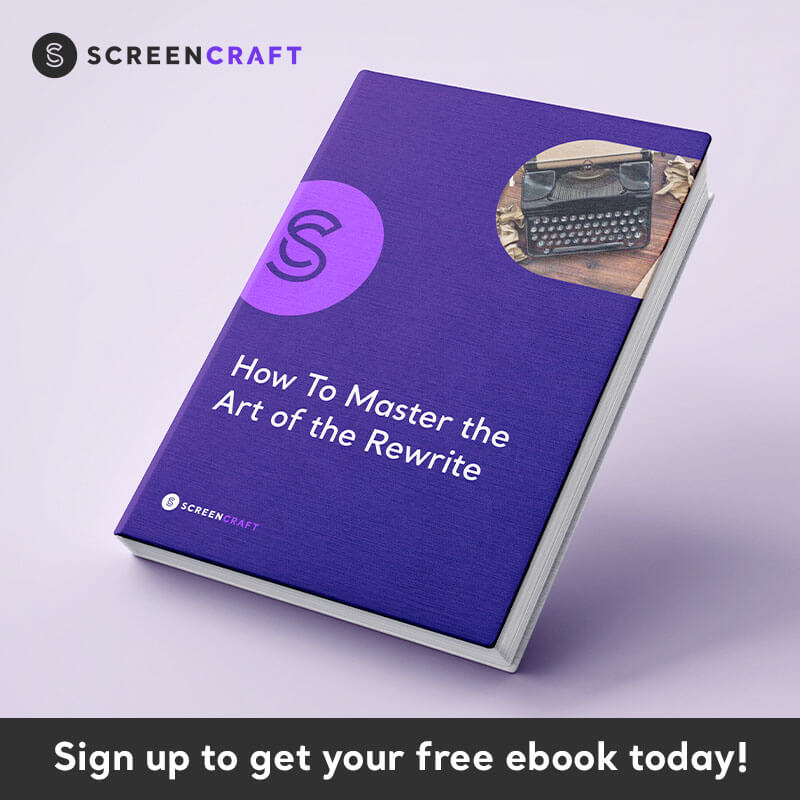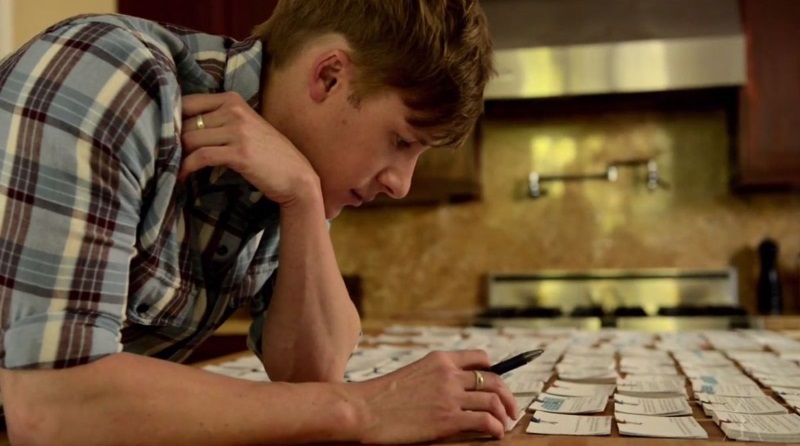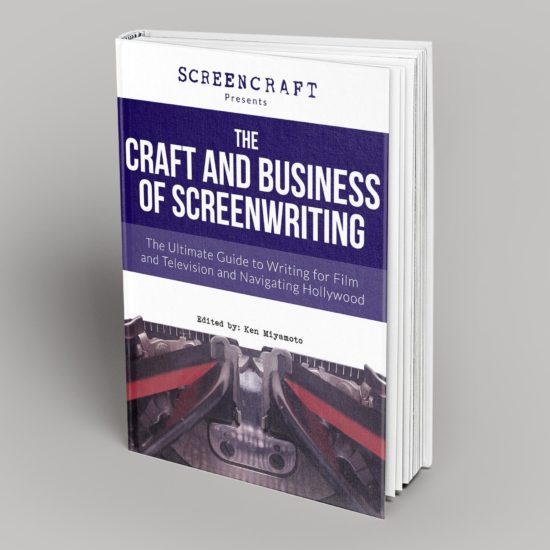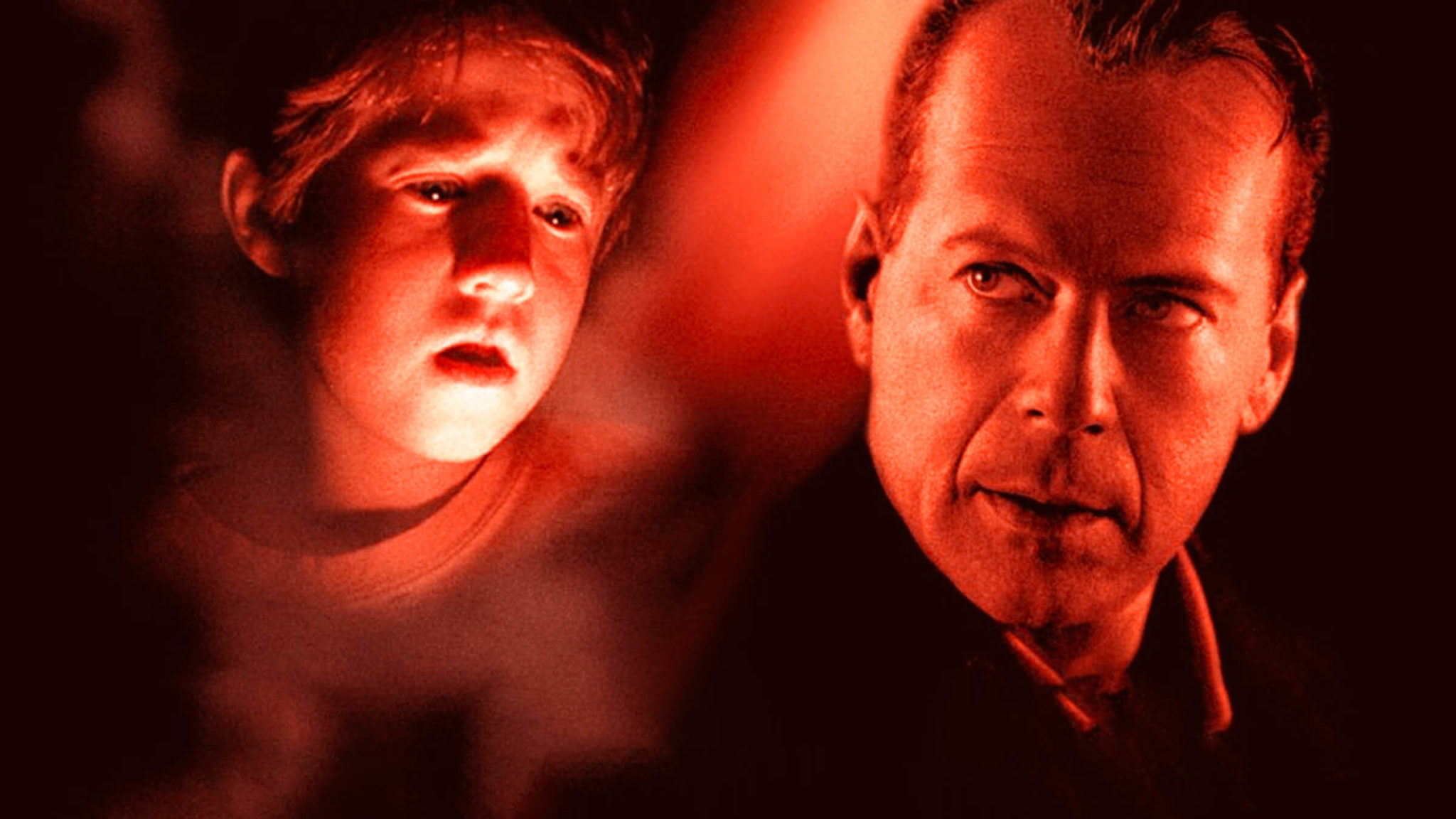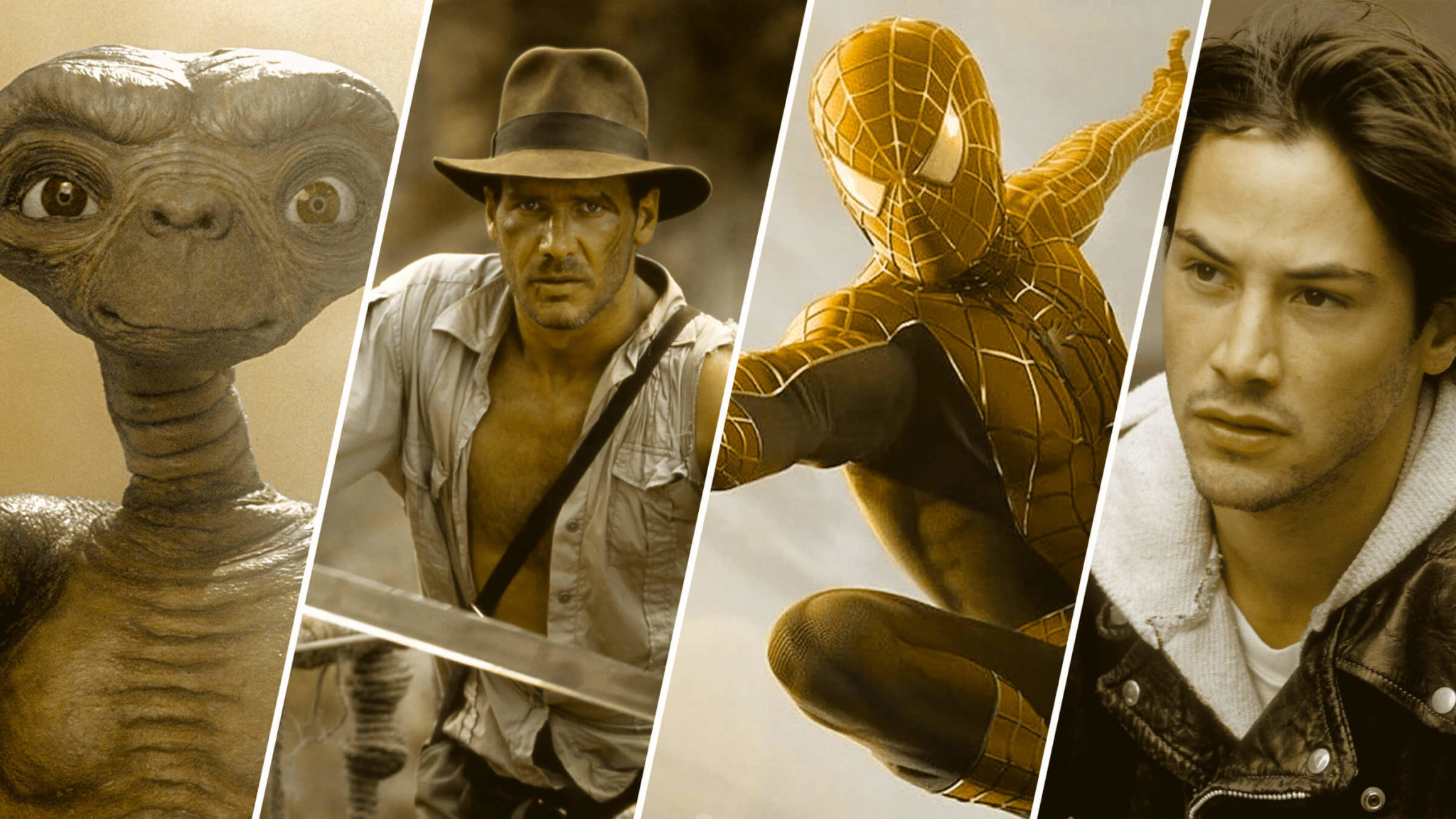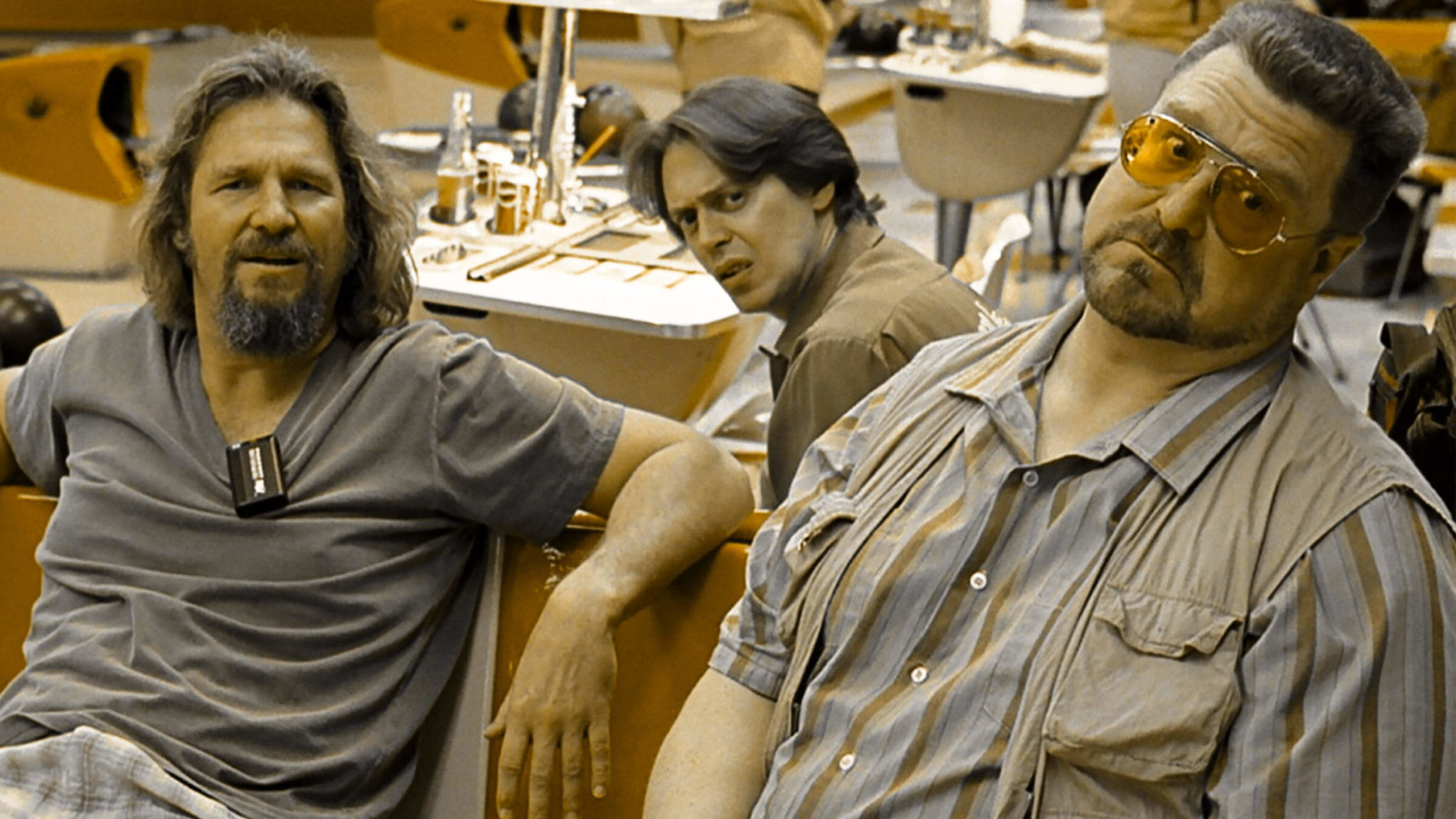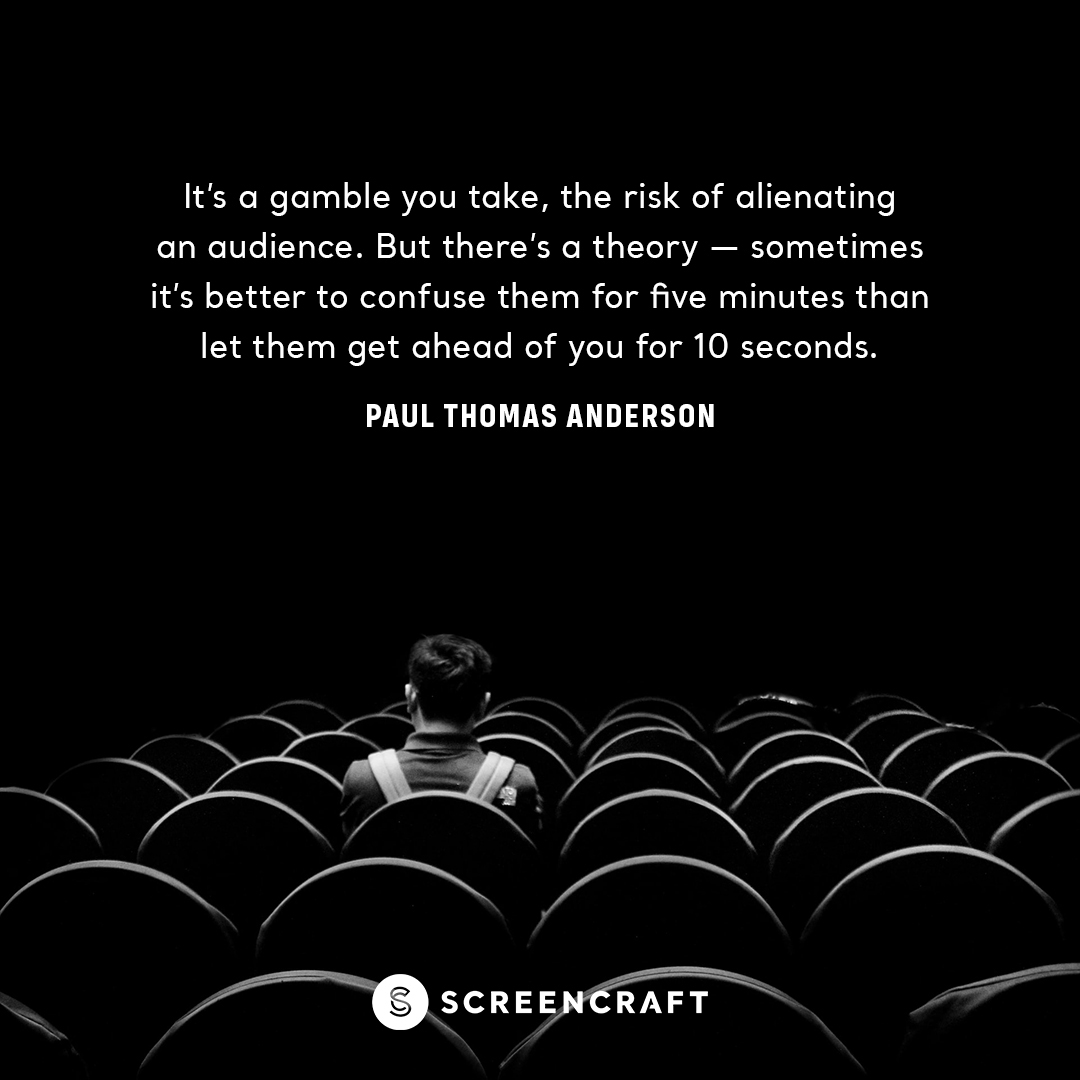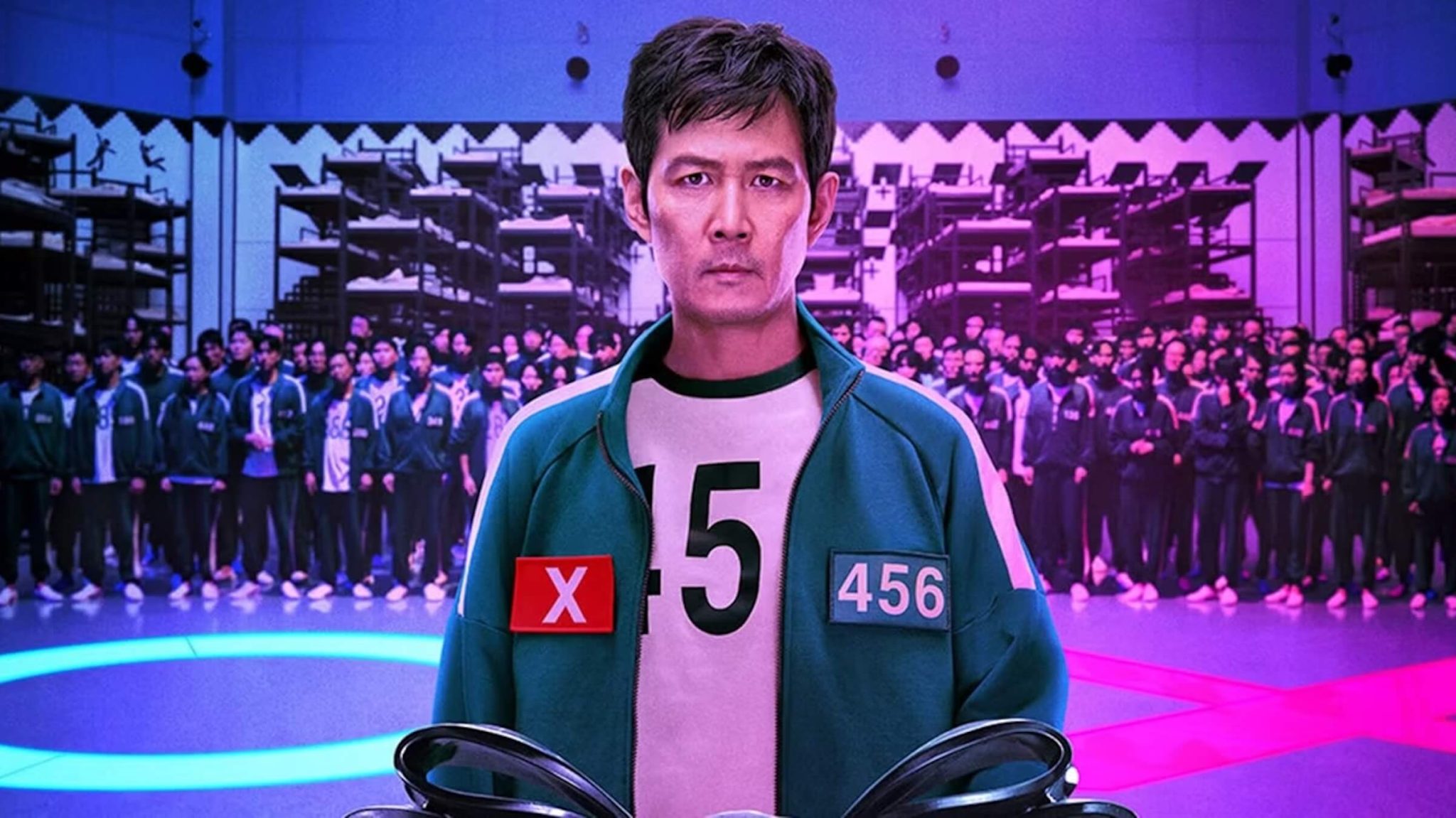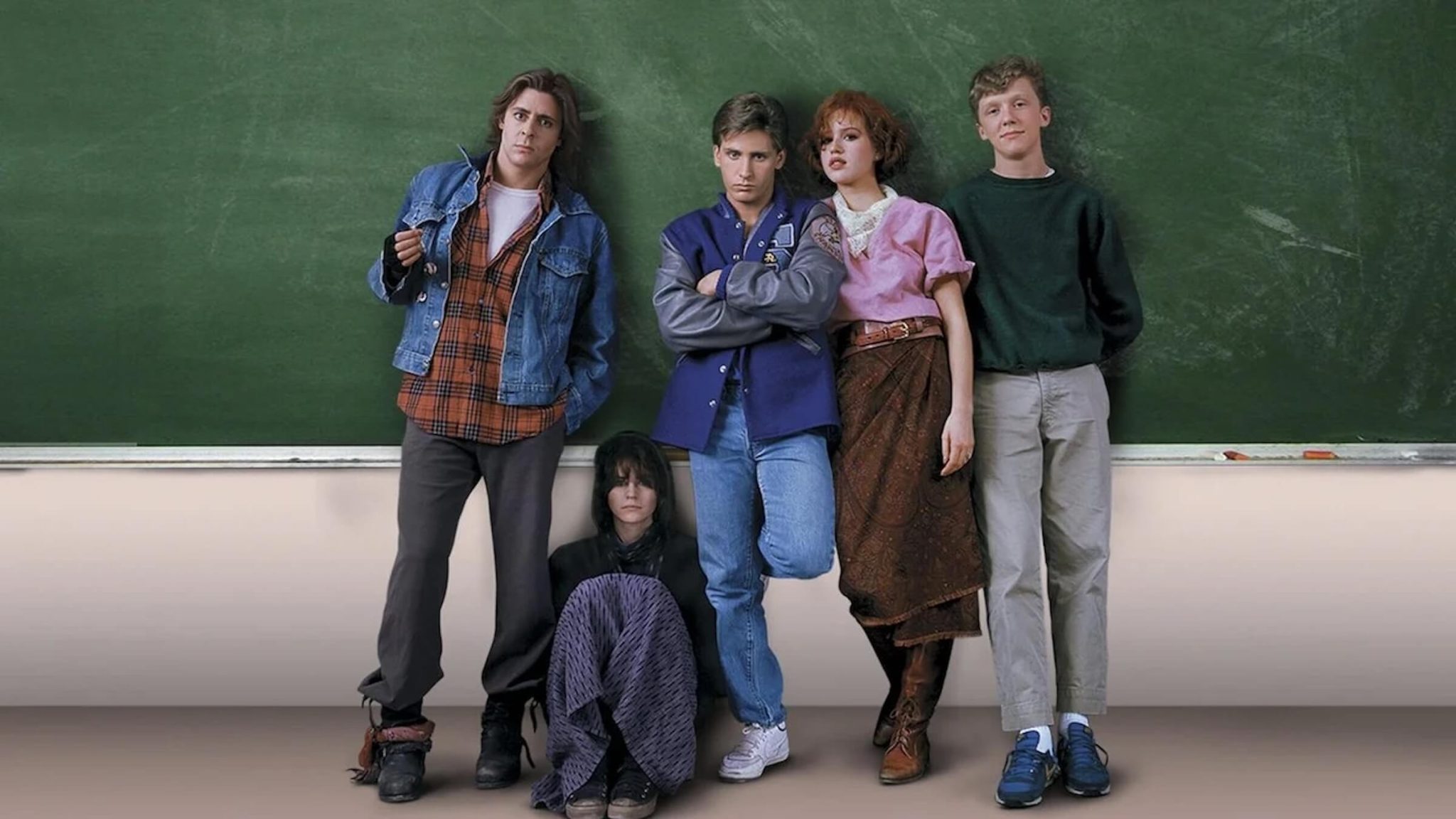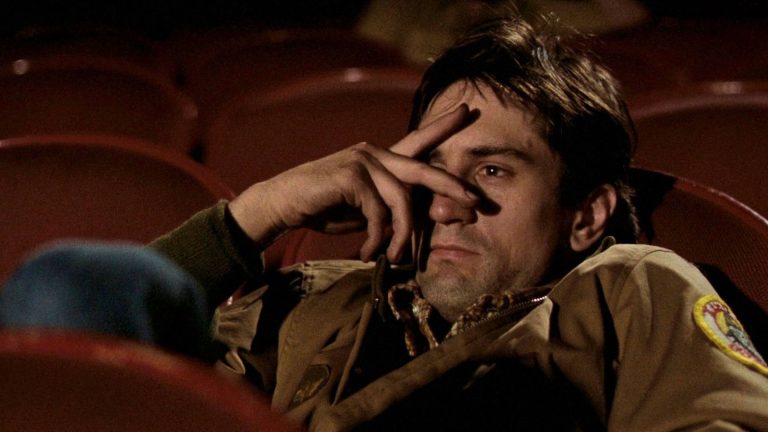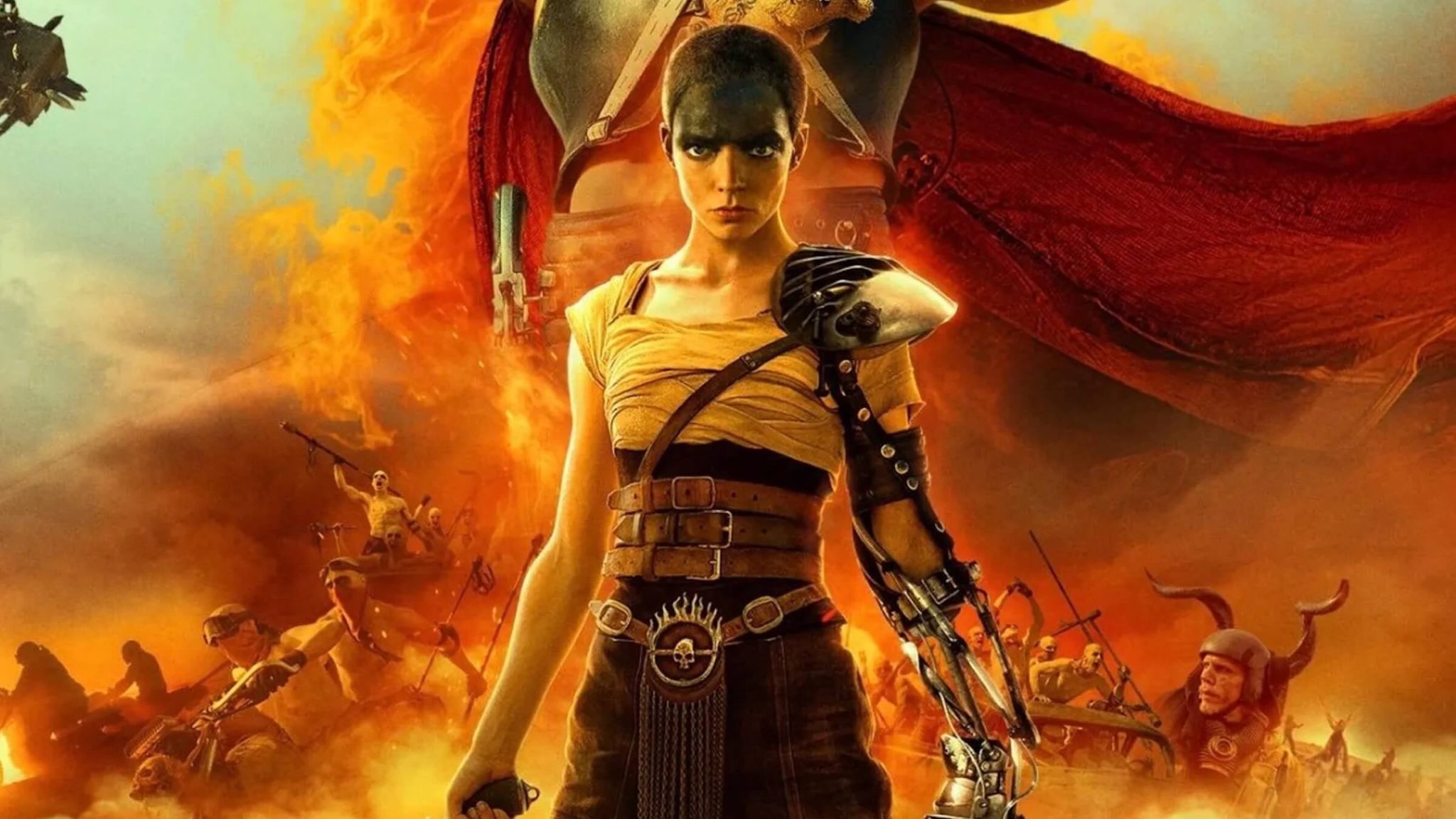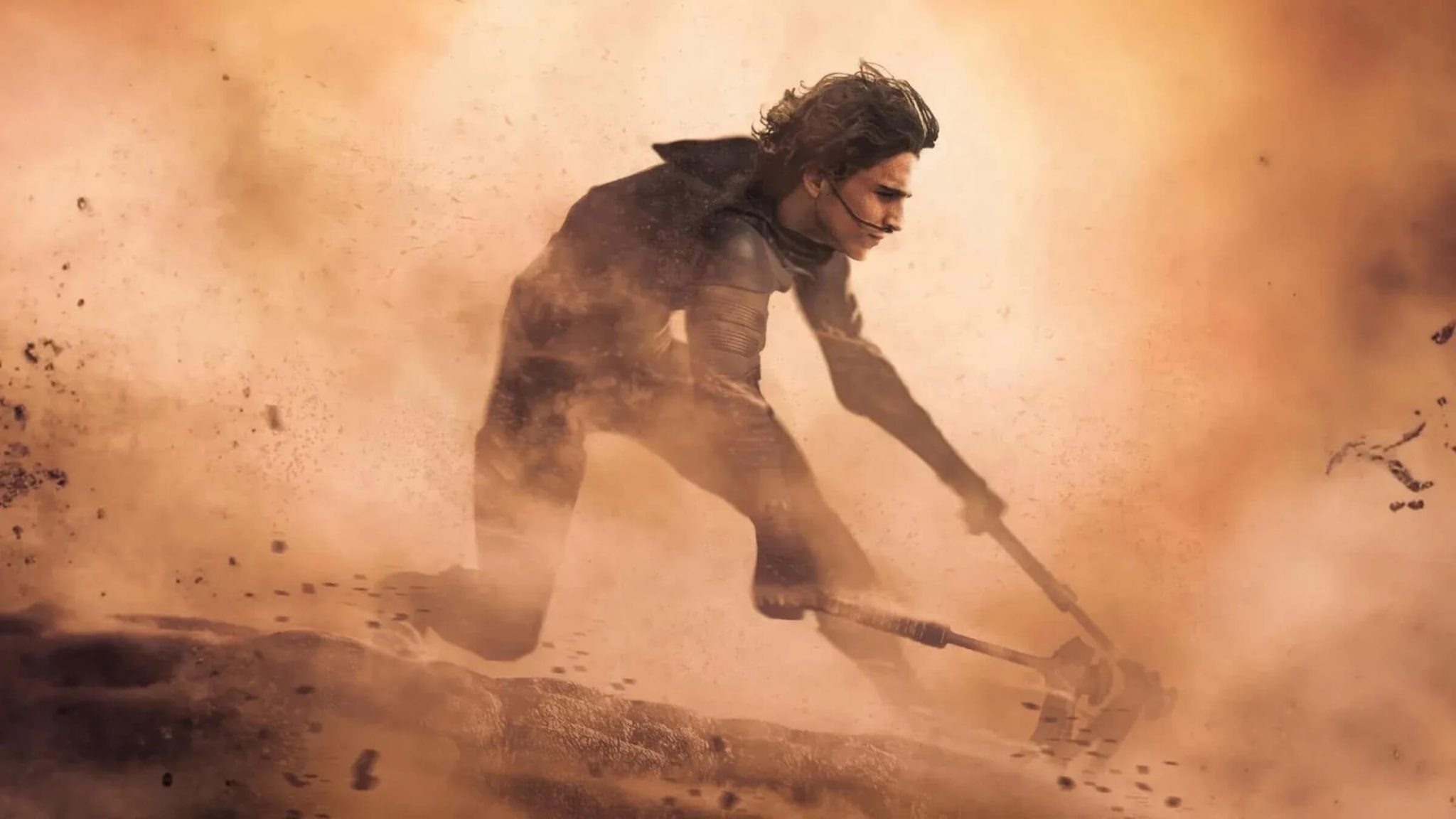5 Screenwriting Lessons From Oscar-Winning Screenwriter Dustin Lance Black
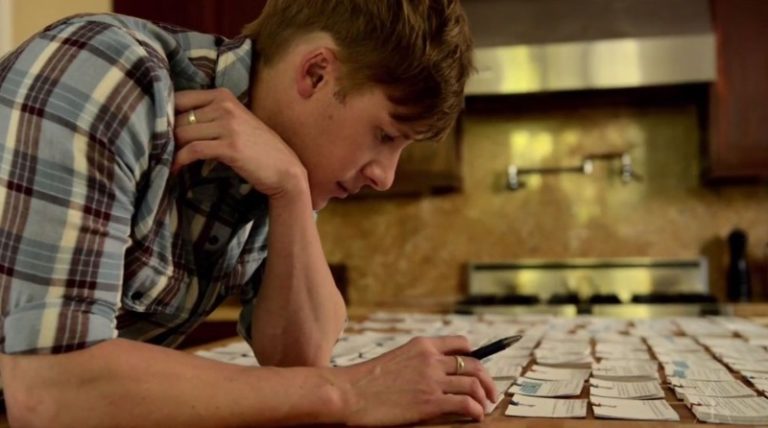
Academy Originals' Creative Spark Series features Oscar-winning screenwriter Dustin Lance Black as he takes viewers inside his screenwriting process.
Black attended UCLA and graduated with honors from UCLA’s School of Theater, Film, and Television in 1996. He directed and was a subject of the documentary On the Bus, about a Nevada road trip taken by six gay men.
With his background of being raised as a Mormon, Black secured a job as a writer for the complete run of the celebrated HBO series Big Love, about a polygamous Mormon family. He was a staff writer in the first season, executive story editor in the second season, and then became co-producer for season three.
Interested in the story of Harvey Milk, Black wrote the eventual screenplay on spec. He showed a draft to Milk’s former aide Cleve Jones, who then passed the script to Gus Van Sant, who would go on to direct the feature film Milk. Black won the Oscar for Best Original Screenplay.
He went on to write J. Edgar for Clint Eastwood, Virginia, and created and wrote for the mini-series When We Rise.
Here are five screenwriting lessons that screenwriters can learn from Black, accompanied by our own elaboration on his wise words.
1. Figure Out the "Why"
"That's where I start. Taking an idea — whether it's fiction or non-fiction — and figuring out, 'Why?' Not just what you're going to tell. Not that it's entertaining or interesting, but why are you telling that story? What is the purpose of that story?"
It's not enough to just develop and write a screenplay that has an entertaining or interesting premise. Hollywood is flooded with such scripts, and they are almost instantly forgettable because there are so many.
If you truly want to get noticed, there has to be more.
Perhaps you're telling a true story that you feel needs to be told. That's your why.
Perhaps you're trying to redefine a genre. That's your why.
Perhaps the story or characters are significant to current cultural issues. That's your why.
Having a cool idea, cool story, or cool characters isn't enough. Something deeper has to drive the work, and that drive will often take your script to the next level that it needs to be at to get noticed.
2. Get to the Truth
"I think it's very, very important to get to the truth. And that means first-hand interviews. That means meeting the real people."
When you're writing a screenplay based on actual events or real characters, it's vital that you do the necessary research. Black often researches for a year or more before he tackles a real-life story. He has boxes and boxes filled with research material.
But there's also a place for truth in fiction as well. If you're setting your stories within a particular industry, environment, or time period, you have to get to the truth of those elements. What is the industry really like? What is the environment like? What was the time period like?
Research isn't about copying and pasting facts and placing them into whatever context required within your script. It's about understanding the tone, atmosphere, and dynamics of those people, those types of characters, those worlds, and those time periods.
There's a terrible studio note that Black mentions, which always seems to find its way into studio coverage or meetings — "Make the characters relatable." He points out that screenwriters shouldn't be trying to make characters "relatable".
Roth's reaction is, "No. Make 'em really them. And really, specifically them. And it becomes universal. And that comes from research."
He goes on to say, "90% of [that research] you'll never use." But that 10% you do use is so important to finding the truth of your concept, your story, and your characters.
And if you're looking for inspiration, you can learn how to master character names and movie titles with this free guide.
3. Find the Moments in Your Research That Are Cinematic
"What I do is start to take that [research] material, whatever it is, and boil down the moments I think are cinematic and the moments necessary for the story."
Black then puts those moments onto notecards, each of which is as pure and singular as possible. This offers the ability to move those pieces around to find that story structure and narrative.
"A film is not what happened. It's an impression of what happened."
He uses these cards to distill what is necessary to tell the story. He'll lay them out on a table, and if he can't tell the full story within the confines of that table and those notecards, it's time to start cutting.

Different screenwriters have different ways of visualizing their story and the structure of the screenplay they're developing. The note cards are one productive way that screenwriters have been using for decades.
Other screenwriters use bullet points and move them around by cutting and pasting.
Whatever your process is, remember that you need to have a general overview of how your story plays out cinematically. This has to happen before you start writing the script. And it's not about knowing point A to Point Z and everything in between. It's about knowing your visual and structural roadmap while allowing yourself to veer off in different directions when the journey calls for it.
4. It's a Myth That Every Story Has Been Told and Every Character Has Been Drawn
"That's bull. It's not true. The specificity with which an author or filmmaker paints those characters paints those stories, and the detail that is put into them... that should be able to be original forever."
Yes, the general archetypes are there. The magic of screenwriting is taking those archetypes and morphing them into your own. That's how you find original work. And finding new and innovative versions of those archetypes and making them your own is what will keep you creatively engaged.
5. What a "Vomit Draft" Really Is
"[When I'm writing] I've been seeing the scenes in my head for so long at this point, it's almost like, just, regurgitation. Like I'm just getting it out. And I call it my 'vomit draft.'"
Every morning, Black comes into the room and reads those cards, visualizing his movie. If he ever gets bored, has trouble imagining it, or something just doesn't make sense, he'll work on it. And then he'll start over again and again until he can get through the movie a few times and not be bored. When that happens, he'll officially call it his outline.
Read ScreenCraft's Why Screenwriters Should Think Like Film Editors!
When he starts actually writing, everything just comes out.
Too many screenwriters think that the "vomit draft" is just sitting in front of the computer with the general concept, story, and characters and writing the whole script from beginning to end as fast as possible, conjuring images, moments, sequences, and scenes on the fly. That misconception is so far from the truth.
You have to do the work before you sit down to type. You have to take the time to visualize that movie within your mind's eye so that when you do sit down to type, it's already there and well thought-out. The general structure and cinematic aspects of the story are there as well.
A "vomit draft" isn't about writing on the fly before any planning, and then reverse-engineering your stories and characters through your rewrites. It's about regurgitating the story, characters, and moments that you've already engineered in your imagination to specific detail.
And then you can mold it from there.
Black ends his video with this truthful quote about what it means to be a screenwriter.
"I love and hate what I do. It's like an addiction. I want to solve the problems. I want to make it work."
Those are wise words because screenwriting is not easy. The hurdles you face before, during, and after you write that script are difficult, frustrating, and sometimes hopeless. But real screenwriters embrace that because they want to solve the problems, make the story and characters work, and do so while telling engaging and cathartic cinematic stories.
Ken Miyamoto has worked in the film industry for nearly two decades, most notably as a studio liaison for Sony Studios and then as a script reader and story analyst for Sony Pictures.
He has many studio meetings under his belt as a produced screenwriter, meeting with the likes of Sony, Dreamworks, Universal, Disney, Warner Brothers, as well as many production and management companies. He has had a previous development deal with Lionsgate, as well as multiple writing assignments, including the produced miniseries Blackout, starring Anne Heche, Sean Patrick Flanery, Billy Zane, James Brolin, Haylie Duff, Brian Bloom, Eric La Salle, and Bruce Boxleitner. Follow Ken on Twitter @KenMovies
For all the latest ScreenCraft news and updates, follow us on Twitter, Facebook, and Instagram.
Tags
Get Our Screenwriting Newsletter!
Get weekly writing inspiration delivered to your inbox - including industry news, popular articles, and more!

